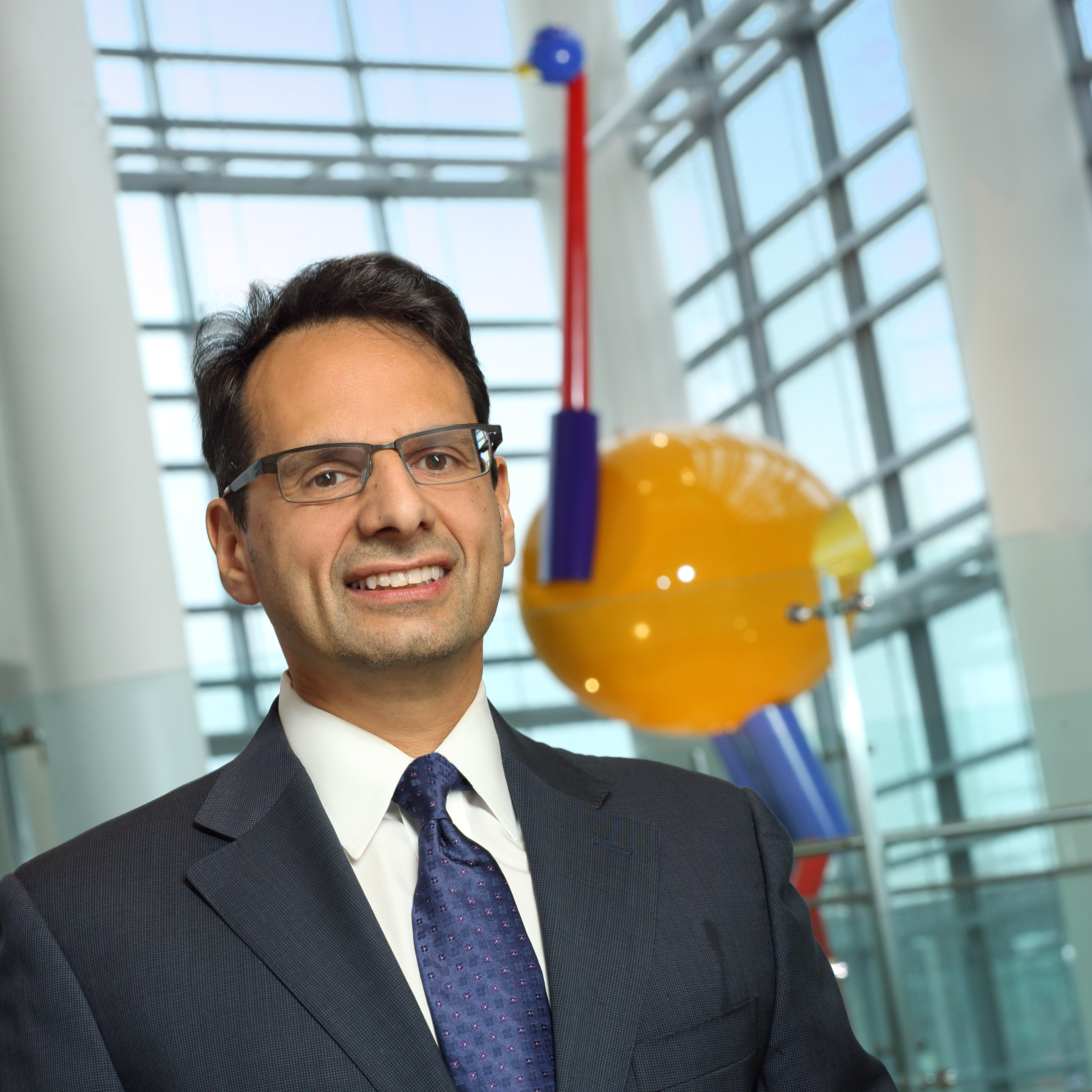At pediatric Grand Rounds on a cool September morning in 2016, Tina Cheng presented a sweeping range of challenges facing Johns Hopkins Children’s Center. She cited new and shifting epidemics such as childhood obesity and opioid addiction, and increases in adverse childhood experiences and inner-city violence. With her pediatrician’s eye on the horizon during a national election year, Cheng anticipated declining biomedical research dollars, dramatic changes in health insurance, and potential cuts in federal support of health care spending for children. “How do we address it all?” asked Cheng.
Then, in multiple ways, she reiterated the institution’s mission and reputation as the birthplace of modern pediatric medicine and its great research achievements that have led to increased survival and improved quality of life for children. She noted emerging new concepts of care such as life course theory—treating the whole child, the whole family, the whole community to influence health across the lifespan—and treating children in the context of their lives. By reaching out into the community and identifying social determinants of health such as education and employment, Cheng emphasized, pediatricians could reduce or prevent their need for health care services.
“Pediatricians can do more than care for children,” Cheng said. “They have the power to change their lives—to pre-empt injury and illness.”
This was the vision and insight Cheng brought to the Children’s Center as its new pediatrician-in-chief and co-director, a message that resonated for faculty and staff.
“The way she expresses her vision of the future of pediatrics is inspiring to me and, I think, to most people who hear it,” says pediatrics faculty member Maggie Moon. “And she has the focus and skills to help us move in that direction.”
Making a Difference
How did she get there? In medical school at Brown and during her pediatrics residency at the University of California, San Francisco, Cheng found taking care of patients extremely rewarding, but she wanted to make more of a difference. The public health scientist in Cheng emerged: “I loved seeing patients one-on-one but I also thought about how we could make a bigger impact across populations.”
That vision led her to a preventive medicine residency and a graduate degree in public health at the University of California, Berkeley, followed by a research fellowship at the University of Massachusetts. Working with underserved populations and studying injury prevention and child health disparities became her next quest, which she found at Children’s National Medical Center in Washington, D.C. Eight years later, she got a call from Johns Hopkins Children’s Center regarding its search for a new director of the Division of General Pediatrics and Adolescent Medicine. Would she be interested?
If Johns Hopkins’ goals were in sync with hers, Cheng figured, she could take some giant steps in her calling to improve the health of children: “Hopkins just has incredible people resources and a culture of striving for excellence.”
As division director, Cheng saw the urgent need for Johns Hopkins’ pediatric primary care clinic—The Harriet Lane Clinic—and subspecialty clinics to be under one outpatient roof. She immediately began to work with Johns Hopkins leadership and architects to make this happen, and the $20 million David M. Rubenstein Child Health Building opened in 2006.
More than Medicine | Tina Cheng
Building a Medical Home
Other priorities included continuing the type of violence prevention research she had conducted in Washington, D.C., and expanding services under the Harriet Lane Clinic’s medical home model. Today the clinic features numerous wraparound services not typically found in a pediatric primary care clinic, including nutrition and lactation services, screening for family social needs and risks, and a community help desk.
However, Cheng wasn’t done. Acting on evidence that students’ access to school-based health services improves attendance and academic performance, in 2014 she and pediatrics faculty member Sarah Johnson founded the Ruth and Norman Rales Center for the Integration of Health and Education, one of her most notable achievements.
For Cheng, these were all pieces of the puzzle in implementing a whole child, whole family, community approach emphasizing early determinants of health. Meanwhile, through her prolific research—Cheng is the author of over 150 publications—and leadership positions with groups such as the American Academy of Pediatrics, Cheng was further evolving into a nationally recognized administrator and scholar. In 2017, she was elected to the National Academy of Medicine.
Tina Cheng’s record was not missed by Hopkins leaders in looking for a new pediatrician-in-chief. Since Cheng stepped into the role, faculty and staff have expressed confidence in her leadership, noting her calm-in-a-storm demeanor, forward-thinking approaches, and passion for children’s health care.
“What I am passionate about is focusing on where child health care is going, and how do we innovate to provide the best clinical care, education and research to make sure we do the best for kids and families,” says Cheng. “We can’t just sit back and wait for things to change around us, we need to be proactive and create the future.”

